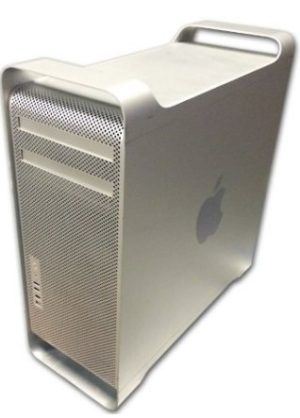
Installing the Radeon 5770 was straightforward: First plug it in, then connect the Molex power cable from the motherboard to the card.Īfter connecting all the cables back to the Mac Pro, it was time to see if my $121 investment worked. (PCI-e cards that require additional power from the motherboard need to go into Slot 1 or Slot 2.) Included in the box was the card, a color booklet on how to install the card, a DVI -> VGA adapter, and a power cable to connect the card to the Mac Pro’s motherboard.Īfter disconnecting all the cables from the Mac Pro, I installed the new video card into Slot 2 on the Mac Pro, keeping the existing Radeon 2600 card in Slot 4.

After about three weeks of “window shopping”, I scored an ATI Radeon 5770 XFX 1GB video card for $121, with free shipping.Ī week later, the card arrived. What I really wanted this time around was a ready-made solution – a pre-Flashed PC video card that would plug and play as a Mac card without any voodoo on my part.Īs of this writing, a 1GB ATI 5770 Radeon flashed PC video card for the Mac Pro costs between $120 – $160 on eBay, which is substantially cheaper than the official ATI 5770 “Mac Pro” branded model, which retails for $249.

In my mind, the benefits outweighed the drawbacks, with one caveat: difficulty.Ībout a year ago, I tried flashing a PC Radeon card ( a 4870 model, to be precise) as part of a DIY challenge, but failed.

Enhancing an early 2008 Mac Pro: The GPU Upgradeĭespite the fact that the “cheese grater” Mac Pro has always been touted as an expandable device, one of my biggest frustrations with it has been the anemic selection of available video card upgrades.


 0 kommentar(er)
0 kommentar(er)
